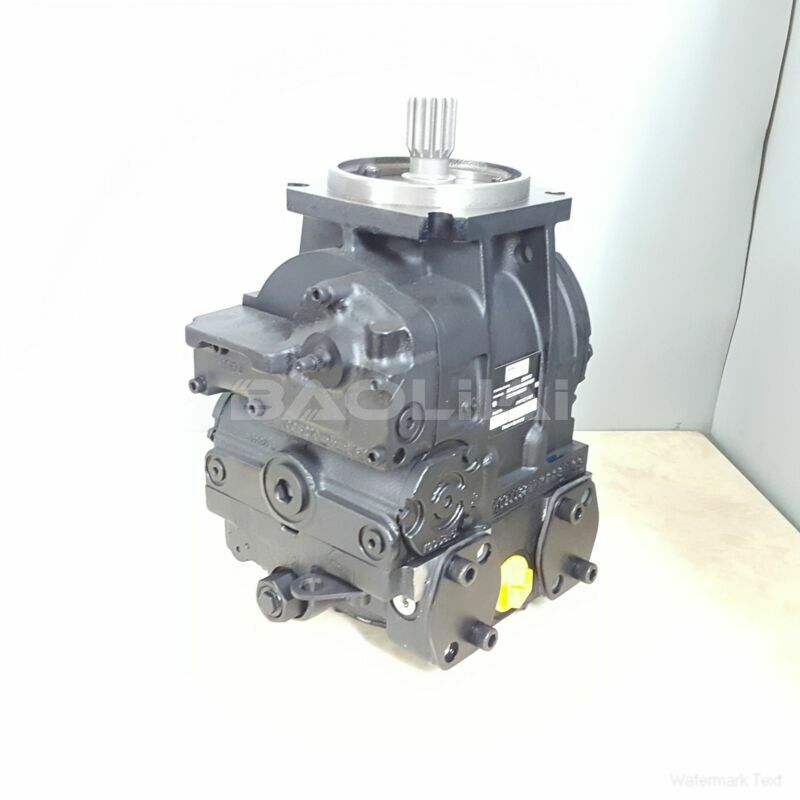90R100KA5CD80S3C7F03GBA383824 hydraulic pump
90R100KA5CD80S3C7F03GBA383824 hydraulic pump

- Product Details
- Applicable Scene
As global challenges such as climate change and urbanization continue to escalate, the need for efficient and effective disaster response mechanisms has become imperative. Autonomous disaster response robotics stands at the forefront of this evolution, combining advanced technology with practical applications to manage and mitigate the impacts of natural and man-made disasters. A critical component of these robotic systems is the hydraulic oil pump, which plays a significant role in powering various actuators and mechanisms necessary for operation in challenging environments.
90R100-KA-5-CD-80-S-3-C7-F-03-GBA-38-38-24
90R100KA5CD80S3C7F03GBA383824
Hydraulic systems have long been favored in robotics due to their high power-to-weight ratio and the ability to exert significant force. In the context of disaster response, these advantages become particularly evident when robots are tasked with debris removal, heavy lifting, or precision manipulation in chaotic and unpredictable settings. The future of hydraulic oil pumps in this field will likely revolve around several key trends driven by advancements in technology, materials, and design.

701384
One of the most promising trends is the integration of smart technologies into hydraulic systems. As robotics becomes increasingly autonomous, the use of sensors, artificial intelligence, and machine learning will become prevalent in hydraulic systems. Smart hydraulic pumps equipped with real-time monitoring capabilities will enhance the efficiency and reliability of these systems. They can provide feedback on performance metrics, predict maintenance needs, and adapt operational parameters based on changing environmental conditions. This integration could significantly reduce downtime, ensuring that rescue operations are not hindered by equipment failures.
Furthermore, advances in materials science will contribute to the evolution of hydraulic oil pumps. The development of lightweight, durable materials that can withstand extreme conditions will improve the performance and portability of disaster response robots. Innovations such as composite materials and advanced polymers may lead to more compact hydraulic systems that retain power while minimizing weight, allowing for more agile and adaptable robotic designs.





